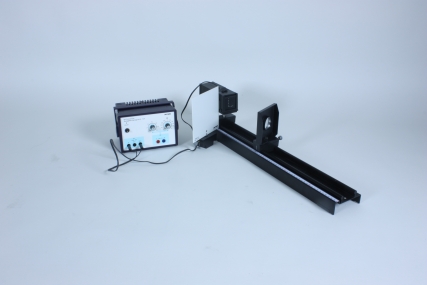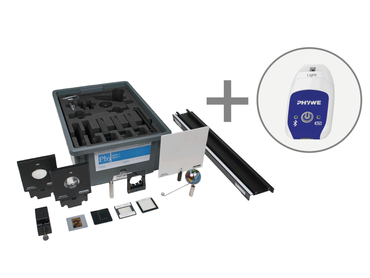Principle
Generally, the law of imagery is first derived theoretically or - depending on the class situation - simply stated and then experimentally confirmed or tested. The experimental testing can be conducted as suggested above. It is also conceivable that the above procedure could be used without previous knowledge of the law of imagery, then however the students do not know why the reciprocals of f, g and b are formed. This is also the case when they are simply told what the law is.
Benefits
- Multifunctional light box - All-in-one: Can be used for geometric optics on the table, colour mixing and on an optical bench
- Extension with others sets at anytime, no additional light sources needed, recognition value for students
Tasks
Which law is valid for images formed by a concave mirror? Investigate the correlation between the focal length, the object distance g and the image distance b which exists when real images are formed with a concave mirror.



